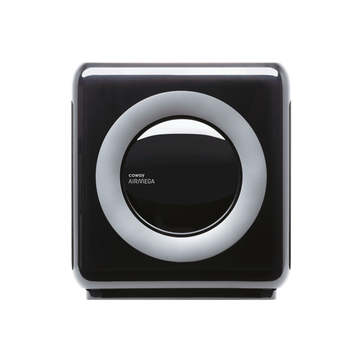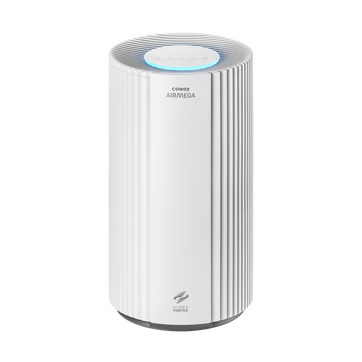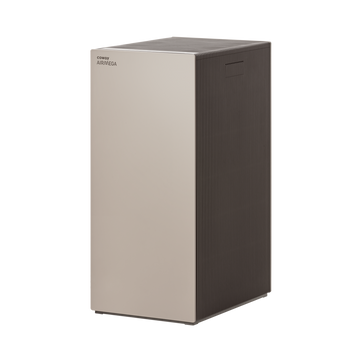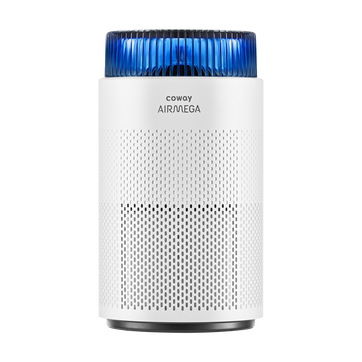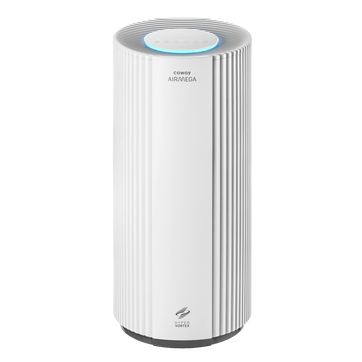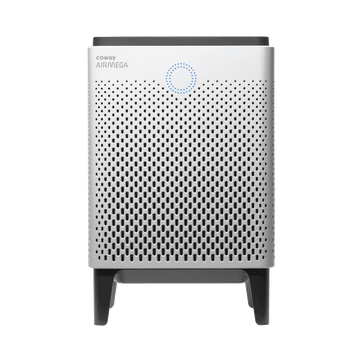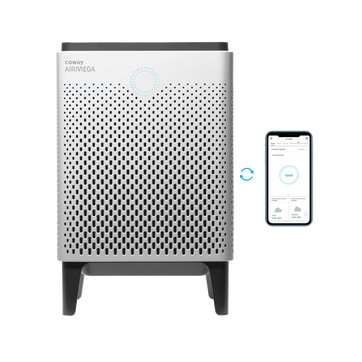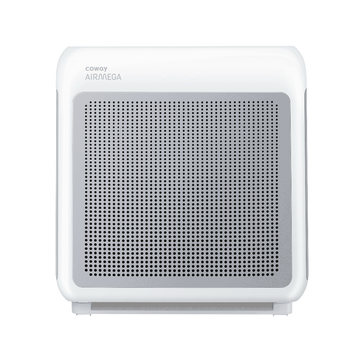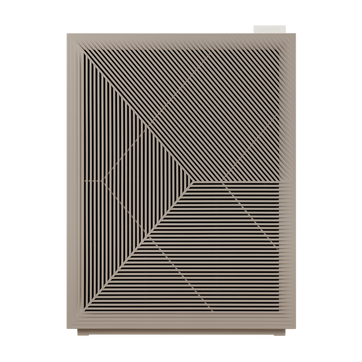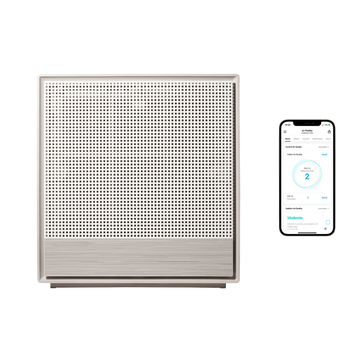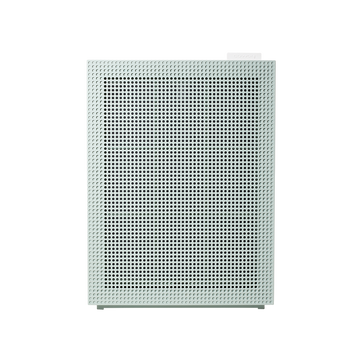
What’s Your Lung Capacity?
Did you know that the average person takes 12 to 16 breaths a minute? That means we breathe between 17,280 and 23,040 times a day! But, not all breaths are created equal. From a short, shallow gasp to a long, deep yawn, breaths can take in different amounts of air. The amount of air our lungs can hold is called lung capacity.
Surprising Lung Capacity News
Men tend to have greater lung capacity than women, but on average, human lungs hold about six liters of air. By the young age of 35, people begin to have reduced lung capacity due to aging.
The surprising news is that even young, healthy lungs do not use their full capacity. According to Dr. Jonathan Parsons of the Ohio State University Asthma Center, “The lungs are over-engineered to accomplish the job that we ask them to do. In healthy people without chronic lung disease, even at maximum exercise intensity, we only use 70 percent of the possible lung capacity.”
What’s Your Lung Capacity?
To measure lung capacity, doctors have patients do a breathing test, or spirometry. During the test, patients close their nostrils and breathe into a long plastic tube connected to a machine. They inhale as deeply as possible. Then they exhale for as long as they can, as quickly as they can. The patient’s results are compared with average readings based on age, gender, and body size.
Your Lung Capacity Can Get Better
If you have reduced lung capacity, you can improve it. For example, in the years following the 9/11 attacks, medical tests showed that first responders had weakened lung capacity. Doctors, however, remained confident that the emergency workers would return to full capacity because lungs “cleanse themselves naturally.”
Experts at the Lung Institute say that one way to improve lung capacity is to maintain a clean, dust-free home. This includes filtering the air inside your home with an air purifier, like the Coway Airmega. The Coway Airmega product line features air purifiers with HEPA filters that remove up to 99.97 percent of airborne particles. There are several units to choose from, including a Coway Airmega equipped with a smart air quality sensor. The sensor automatically reads when it’s time to filter and refresh the air, so you can keep breathing easily.
Disclaimers
1Coway air purifiers have been proven to trap dust, pollen, dander, viruses and bacteria in the air based on KCL (Korea Conformity Laboratories) testing.They have been tested in a 30㎥ size chamber according to the Korea Air Cleaning Association standard (SPS-KACA 002-132:2022 Modified) to measure the 0.01㎛ size of particle removal rate. It was tested on maximum airflow speed in normal room temperature and humidity conditions. The performance may vary in the actual living environment of customers.
→ Tested with Airmega Aim, 50, 100, 150, 160, Tower AP-1216L, Mighty AP-1512HH, MightyS AP-1512HHS, 200M, Icon, IconS, 230, 240, 250, 250 Art, 250S, 300, 300S, 350, 400, 400S, 450, ProX
299.97% of viruses, bacteria, fungi and pollen were verified to be removed from the air for Coway air purifiers which have Green True HEPA™ filter applied based on the Japan Food Research Laboratories(JFRL) testing according to JEM 1467 standard.
→ Tested with Coway Airmega Mighty AP-1512HH, MightyS AP-1512HHS, 250, 250 Art, 250S, 300, 300S, 400, 400S
→ All tested by JFRL and received above result within below time.
4The concentration of ammonia, acetaldehyde and acetic acid were proven to be removed within 30 minutes by FCG Research Institute, Inc. Human Life Science Lab. It is not a demonstration result in the actual use space. Not all odors and gases may be supported. → Tested with Coway Airmega 150, 160, Mighty AP-1512HH, MightyS AP-1512HHS, 400, 400S
5The coverage area of the air purifier is based on an area where the air cleaner can make two air changes per hour (ACPH). An air change per hour translates to how many times an air purifier can clean an area, assuming the height of a ceiling to be 8 ft, in one hour. Therefore ** means two air changes per hour means that the cleaner can clean the area once every 30 minutes and * means air changes per hour means that the air purifier can clean the area once every 60 minutes.
10Terms and conditions apply. Discounts, including promotions, coupons, bundle discount and subscription discount, cannot be stacked on top of other coupons. During promotional periods, discount codes will not be able to be applied to orders. Promo codes may apply to products only—filters, accessories, and new products within 3 months of the release date are not included.
11Based on Coway R&D internal laboratory testing, activated carbon filtration was shown to remove up to 95% of ammonia odors within 40 minutes, and up to 99% of fecal odors within 20 minutes. Actual performance may vary depending on usage conditions.

